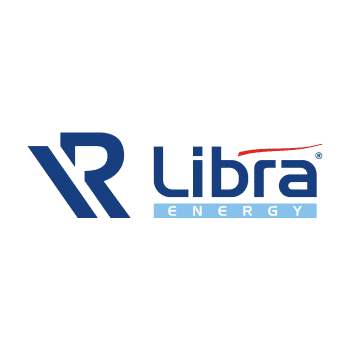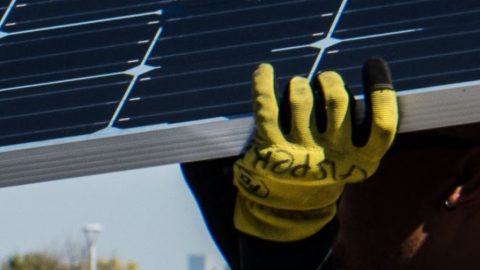Does a solar energy system need to be earthed?
The NEN1010, a Dutch series of safety provisions for low voltage installations used by installers in the electrotechnical industry, requires that all PV installations should be earthed. The mounting system is seen as a metal construction and thus should be earthed. The solar panels do not need to be earthed as they are double isolated.
We draw a distinction between:
- Functional earthing: earthing of the positive or negative conductor of thin-film panels or back contact panels to protect them against voltage corrosion.
- Earthing to provide electrical safety.
- Earthing a part of the protection of system components against surges that may be caused by lightning discharge.
- Earthing of the structure when using an external lightning conductor system.
Earting of the solar panels is necessary if:
- The panels are in the immediate vicinity of a lightning conductor system (i.e. distance from panel to lightning conductor is closer than 60 cm).
- A transformerless inverter is being used.
Earthing is recomended if:
- Large metal structures are being used for solar panels.
- Wherever shock reactions could lead to dangerous situations.
The minimum diameter of the earth cable must not be less than the largest diameter cable being used in the DC system.
Information about earthing can also be found in the ISSO manual of NEN 1010: 2015 and NPR5310.

